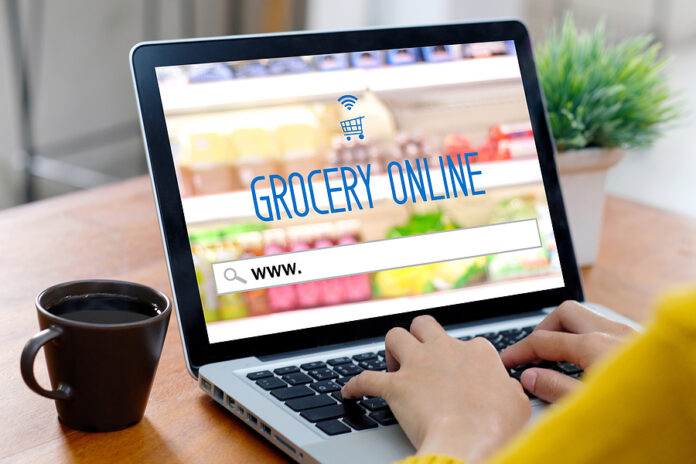
The pandemic has changed how people shop, accelerating some trends and derailing others. According to new research by Deloitte, in the fresh food category, sales have accelerated, but the customer profile has changed. This has implications for fresh, processed, and frozen food providers.
3 ways the pandemic has changed consumer behaviors
Deloitte’s recent fresh food consumer study, conducted in July, builds on last year’s survey, which looked at purchasing behaviors and values associated with fresh food. They found three main differences between 2019 and 2020.
Less frequent in-store shopping
In 2019, 30% of consumers reported shopping for fresh food multiple times a week, while 27% said they shop less than once a week. This year, that trend has reversed — only 15% shop multiple times a week, while 42% shop less than once a week (the percentage who reported shopping just once a week remained flat).
This impacts the fresh category because, of course, fresh foods are perishable. Deloitte expects the trend toward less frequent in-store visits to continue.
Different purchasing patterns
While consumers aren’t stockpiling as much as they did early in the pandemic, they’re buying more than they used to. This, along with supply chain disruptions, has led to stockouts.
In Deloitte’s survey, almost two-thirds (65%) of respondents said they had been unable to buy a fresh food they wanted because it wasn’t in stock. When this happens, 44% purchase a different fresh food instead, 28% replace the out-of-stock items with frozen or processed foods, and 27% simply go without. Almost no one chooses to go to a different store to find their first-choice item.
Heightened importance of safety
Price was the top purchase driver in 2019 and it still is now. But, safety, which Deloitte notes “until now was just expected and not part of consumer concerns,” has taken on heightened importance. This includes “safety for self, others, and the workers who produce food, as well as safety in terms of packaging to prevent contamination.” Meanwhile, less importance is being placed on factors like sustainability, which was very important before the pandemic.
New profiles of fresh food consumers
The previous results aren’t surprising — they fit well with other reports of how consumers’ buying patterns have changed since March. What may have greater implications for the industry is that consumer profiles have also changed.
Last year, Deloitte categorized fresh food consumers into three groups: Forwards, Followers, and Neutrals. The Forwards tended to be younger, very committed to health and wellness, and willing to pay for better-for-me foods. Followers were middle-aged, less committed to health and wellness, and had above-average willingness and ability to pay. Finally, Neutrals were usually older, more interested in price and convenience than health and wellness, and not interested in paying a premium for better-for-me products.
Based on the new data, those categories no longer fit. Today’s fresh food consumers fall into just two main groups: Conventional (older, lower-income, more rural), and Contemporary (younger, more well-off, more urban, more ethnically diverse).
While the Conventional consumers made up 60% of the sample and the Contemporary consumers only 40%, Deloitte notes that, because they’re younger and have purchasing power, “understanding the contemporary consumer and finding ways to specifically cater to them today can help hold off competition and unlock future growth.”
Here’s what the Contemporary group looks like:
- Place a high value on fresh — 75% are willing to pay a premium for fresh food (vs. 62% of Conventional consumers).
- Purchase more fresh food — 50% have increased fresh food purchases during the pandemic (vs. 27% of Conventional consumers).
- Seek out products that are locally sourced, use recyclable packaging, are water neutral, don’t contain preservatives, and are non-GMO.
- Embrace omnichannel shopping — Only 27% purchase most of their fresh foods at grocery stores (vs. 95% of Conventional consumers). Contemporary consumers also buy online (26%), at local (nonchain) stores (18%), at farmers markets (12%), and at fresh food stands (10%).
- Willing to replace out-of-stock items with alternative fresh foods (52%) or with frozen/processed foods (30%).
To succeed during and after the pandemic, fresh food providers will need to understand and cater to these consumers. Read the full Deloitte article for more insights and strategies.






